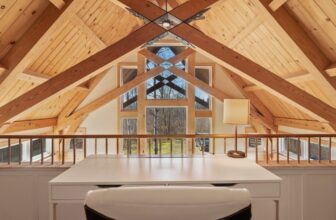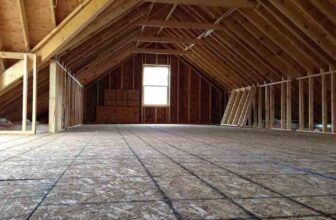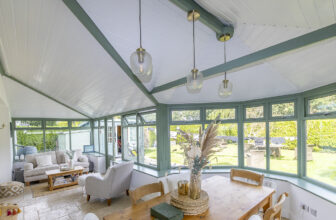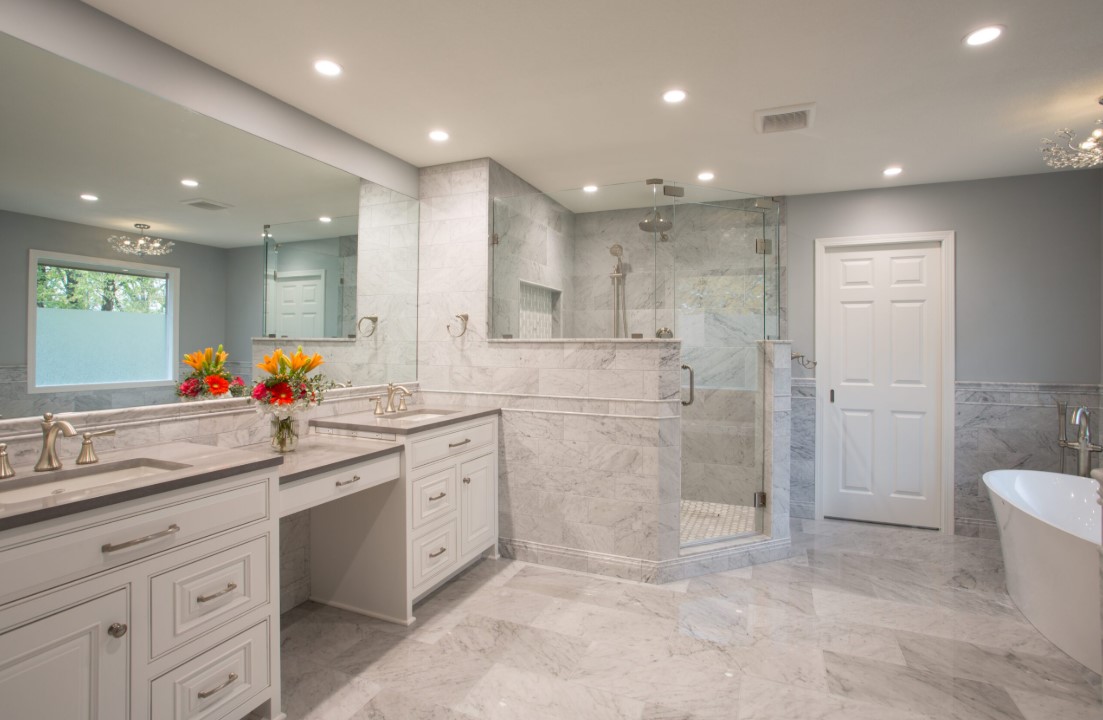
Bathroom remodeling is one of the most impactful upgrades you can make in a home. It increases comfort, improves functionality, and often boosts property value. But it’s also a project that requires careful planning and attention to detail, as mistakes can quickly become costly. This guide walks you through every stage of the process, from the earliest plans to the final accessories, giving you the clarity needed to handle a remodel with confidence.
Table of Contents
1. Setting a Realistic Plan and Budget
Every successful bathroom remodel begins with a plan. You need to decide on the scope: is it a full renovation with plumbing and electrical work, or a surface-level update? Creating a clear outline avoids mid-project surprises.
Budgeting is equally important. Materials, fixtures, labor, and permits can quickly add up. A good rule of thumb is to allocate 20 percent of your budget as a buffer for unexpected issues, such as hidden water damage or outdated wiring. This cushion helps ensure your project stays on track even if surprises appear once demolition starts.
It’s also wise to prioritize spending. For example, investing in a high-quality shower or vanity usually delivers more long-term value than splurging on decorative items you could easily update later.
2. Choosing Layout and Major Fixtures
The layout determines how comfortable and functional your bathroom will feel. Even small shifts, such as relocating a toilet or sink, can improve traffic flow and usability. However, moving plumbing lines dramatically increases costs, so balance design dreams with budget realities.
This is where prefabricated solutions can make a remodel smoother. For instance, using pre-made shower units reduces both installation time and labor costs, while still offering durability and style. They’re especially useful in smaller bathrooms or in projects where keeping costs predictable is critical.
Large fixtures like bathtubs, vanities, and toilets should be chosen early since their dimensions affect other design choices. Measuring carefully before ordering is non-negotiable—one inch off can disrupt the entire layout.
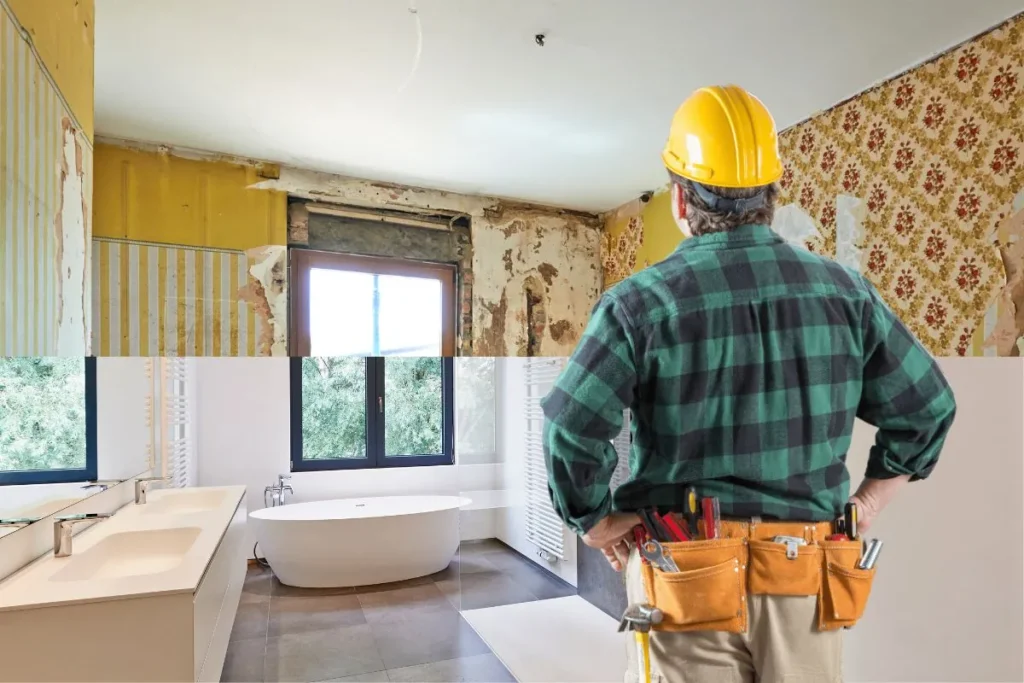
Source: advancedbuildersco.com
3. Plumbing, Electrical, and Ventilation
Behind the walls lies the foundation of your bathroom’s performance. Plumbing upgrades often include replacing old pipes, installing efficient water-saving fixtures, or rerouting drains to match a new layout.
Electrical work should cover modern needs: sufficient outlets, proper lighting wiring, and safe installation of heated floors if you’re adding them. Bathroom codes typically require GFCI outlets to protect against shocks.
Ventilation is another overlooked but crucial step. A quality exhaust fan prevents mold growth, protects finishes, and maintains air quality. Choose a fan sized appropriately for your bathroom’s square footage, and consider models with humidity sensors for automatic control.
4. Flooring, Walls, and Surfaces
Once the infrastructure is ready, attention shifts to surfaces. Flooring should balance slip resistance with style. Larger tiles with textured finishes can reduce slipping hazards, while vinyl plank and waterproof laminate provide budget-friendly, easy-to-install alternatives.
Wall treatments also matter. Full-height tiling offers a sleek, spa-like look but comes with higher costs. Half-tiled walls with moisture-resistant paint above can achieve balance. Accent walls with patterned or colored tiles create focal points without overwhelming the space.
For ceilings, use mold-resistant paint. Even with proper ventilation, bathrooms remain high-moisture environments, so protection at every level is necessary.
5. Adding Style Through Fixtures and Accessories
The finishing touches define the bathroom’s personality. Faucets, drawer pulls, towel racks, and mirrors may seem minor, but together they create cohesion. Consistency in finish, whether brushed nickel, black, or brass, makes the design feel intentional.
Accessories like towel warmers or wall-mounted hooks enhance comfort. Even textiles, such as rugs and shower curtains, can inject warmth and color into an otherwise neutral design. Don’t overlook these details, as they’re easy to swap out in the future if you want a quick refresh.
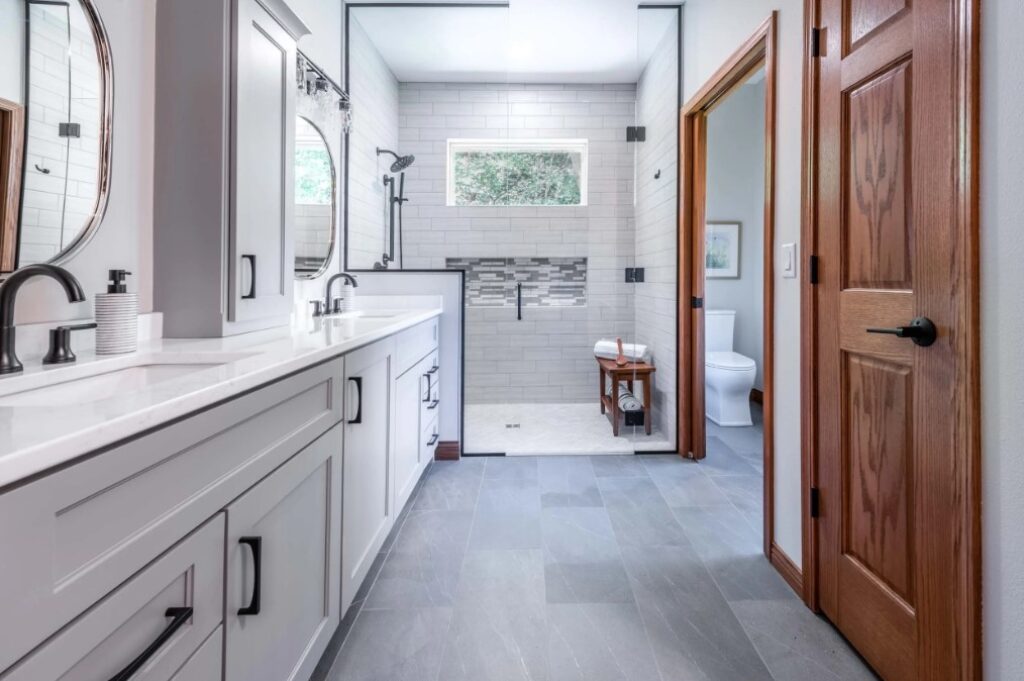
Source: degnandesignbuildremodel.com
Conclusion
Bathroom remodeling is a process that blends vision with technical precision. By starting with a solid plan, choosing durable materials, and paying attention to both infrastructure and finishing details, you’ll create a bathroom that stands the test of time. Whether you take a DIY approach, rely on professionals, or combine both, the effort is worthwhile for the comfort, beauty, and added value it brings to your home.



